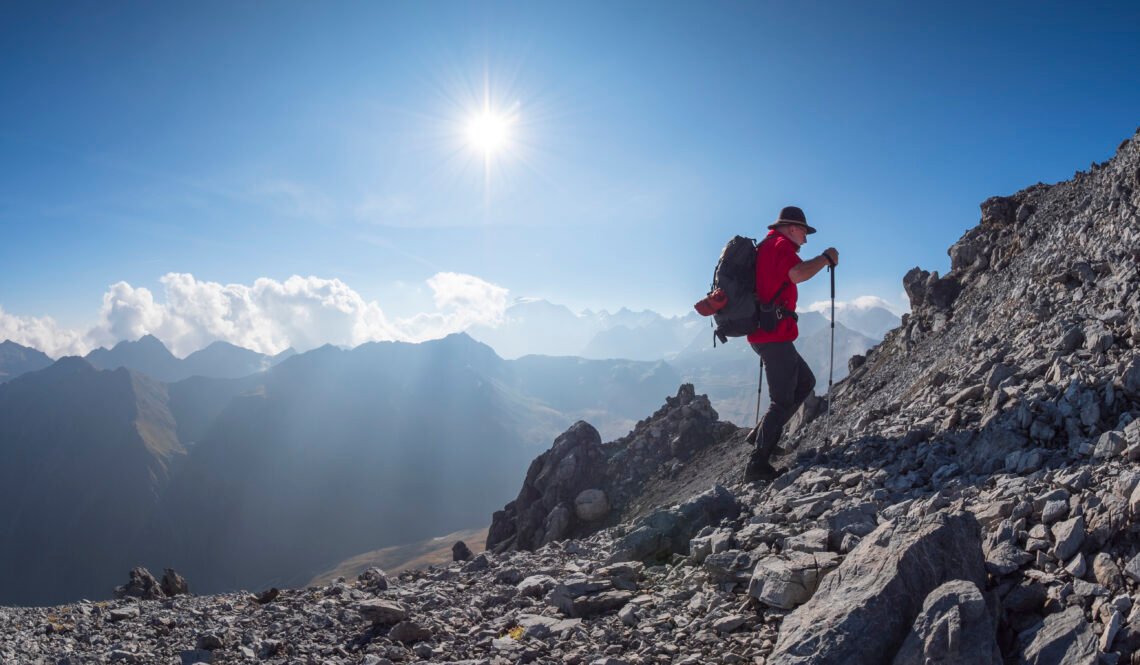Soul of Spain: Discovering the Heritage
Sep 23, 2025

Author: Alka
Himalayas are a treasure for trekkers, offering breathtaking landscapes but of course, they put our skills to the test. High altitudes sometimes act as an obstacle, most notably altitude sickness, limiting us from enjoying the journey. Whether it is a short trek or a multi-day expedition, understanding how to handle the effects of altitude is essential for a safe and enjoyable experience. Here are some practical tips to help you tackle the altitude and ace the Himalayan treks.
1.Understand Altitude Sickness: Altitude sickness, also known as Acute Mountain Sickness (AMS), is the most common and consequential thing that can happen to you in your Himalayan trek. It occurs when your body doesn’t get enough oxygen at higher altitudes. Symptoms include headaches, nausea, dizziness, shortness of breath, and fatigue. AMS typically starts at elevations above 2,500 meters (8,200ft) and can become worse as you ascend higher. In severe cases, it can develop into High Altitude Pulmonary Edema (HAPE) or High Altitude Cerebral Edema (HACE), both of which are life-threatening conditions. The most important thing is to understand the symptoms and ascend slowly while giving your body time to acclimatize.
2.Ascend Gradually: Follow the “Climb High, Sleep Low” Rule – Now that you have understood about Altitude sickness, it’s time to take precautions so that you don’t have to face it. For that, the best way to prevent altitude sickness is to give your body time to adjust. A general rule is not to ascend more than 300-500 meters (1,000-1,600ft ) per day so the limit for a day’s ascension should not be above 3,000 meters (9,840 feet). This gradual ascent allows your body to adapt to lower oxygen levels. Additionally, it’s essential to follow the “climb high, sleep low” which means you can hike to a higher elevation during the day but return to a lower altitude to pitch your tent at 500 m (1500 ft) and these techniques will help your body to adjust more effectively.
3.Stay Hydrated & Well Nourished- At high altitudes, dehydration can exacerbate symptoms of altitude sickness. Make sure you are doing your part that is to drink plenty of water throughout your trek, probably you may not feel thirsty as you would at lower altitudes, but your body will still require hydration. A good rule of thumb is to drink at least 3-4 liters of water a day, depending on the altitude and weather conditions. Also, don’t ignore to take a balanced diet with a focus on complex carbohydrates as they provide steady energy for your muscles like nuts, dried fruits, and energy bars.
4.Avoid Caffeine and Alcohol- Alcohol and caffeine can dehydrate your body and make it harder to acclimatize. Just to keep up your hydration level, avoid or limit these substances during your trek, and reduce the risk of altitude sickness. Focus more on herbal teas, warm water, and electrolyte drinks instead.
5.Take Rest Days for Acclimatization- Plan a well-structured trek incorporating rest days or acclimatization days every 2-3 days to allow your body to adjust. These days are crucial at higher altitudes, particularly when you’re trekking above 3,500 meters (11,500 feet). On rest days, you might take shorter hikes to nearby viewpoints to relax and help your body adjust to the lower oxygen levels.
6.Use Medication if Necessary- Some trekkers use medication to help prevent or treat altitude sickness. The most commonly used drug is Diamox (Acetazolamide), which can help speed up the acclimatization process by stimulating the body to produce more red blood cells and increase oxygen efficiency. It’s essential to consult a doctor before taking Diamox or any other medication to ensure it’s suitable for you.
7.Keep a Steady Pace- Pushing yourself too hard is a common mistake at high altitudes. It’s vital to slow down and maintain a steady, moderate pace. Walk slowly and listen to your body, especially when you start to feel the effects of altitude.
8.Know when to Descend- The key to avoiding serious altitude-related issues is knowing when to descend. If symptoms of AMS do not improve with rest or hydration, or if you start experiencing more severe symptoms such as confusion, shortness of breath, or coughing, it’s essential to descend immediately.
Tips & Techniques to climb on high-altitude
CONCLUSION
Altitude cannot be taken lightly but with the right knowledge and preparation, you can mitigate the risks and fully enjoy the stunning vistas, rich culture, and rewarding adventure that the Himalayas offer. By just keeping these mentioned points in mind, you can handle the challenges of altitudes and have a safe mountain journey!